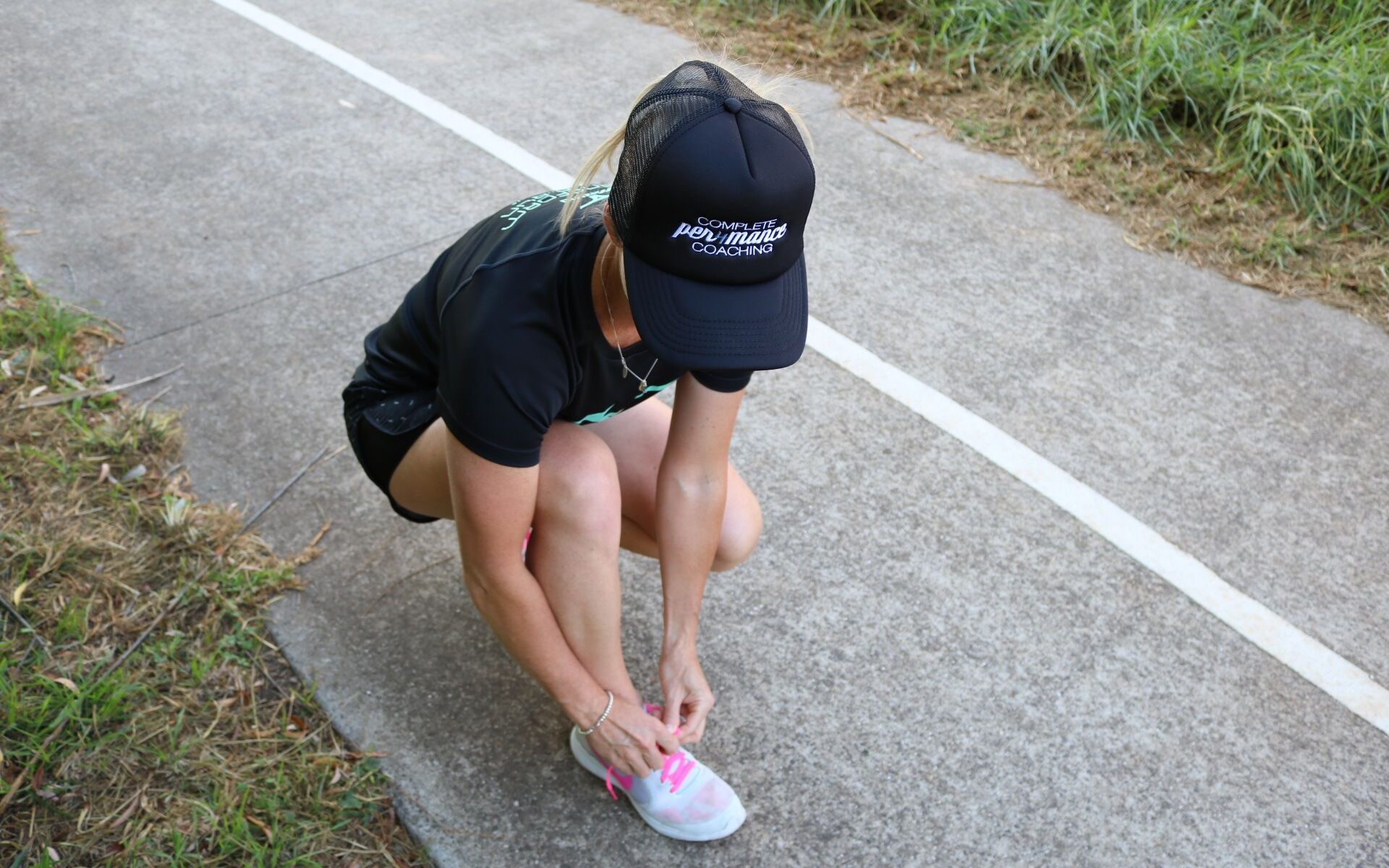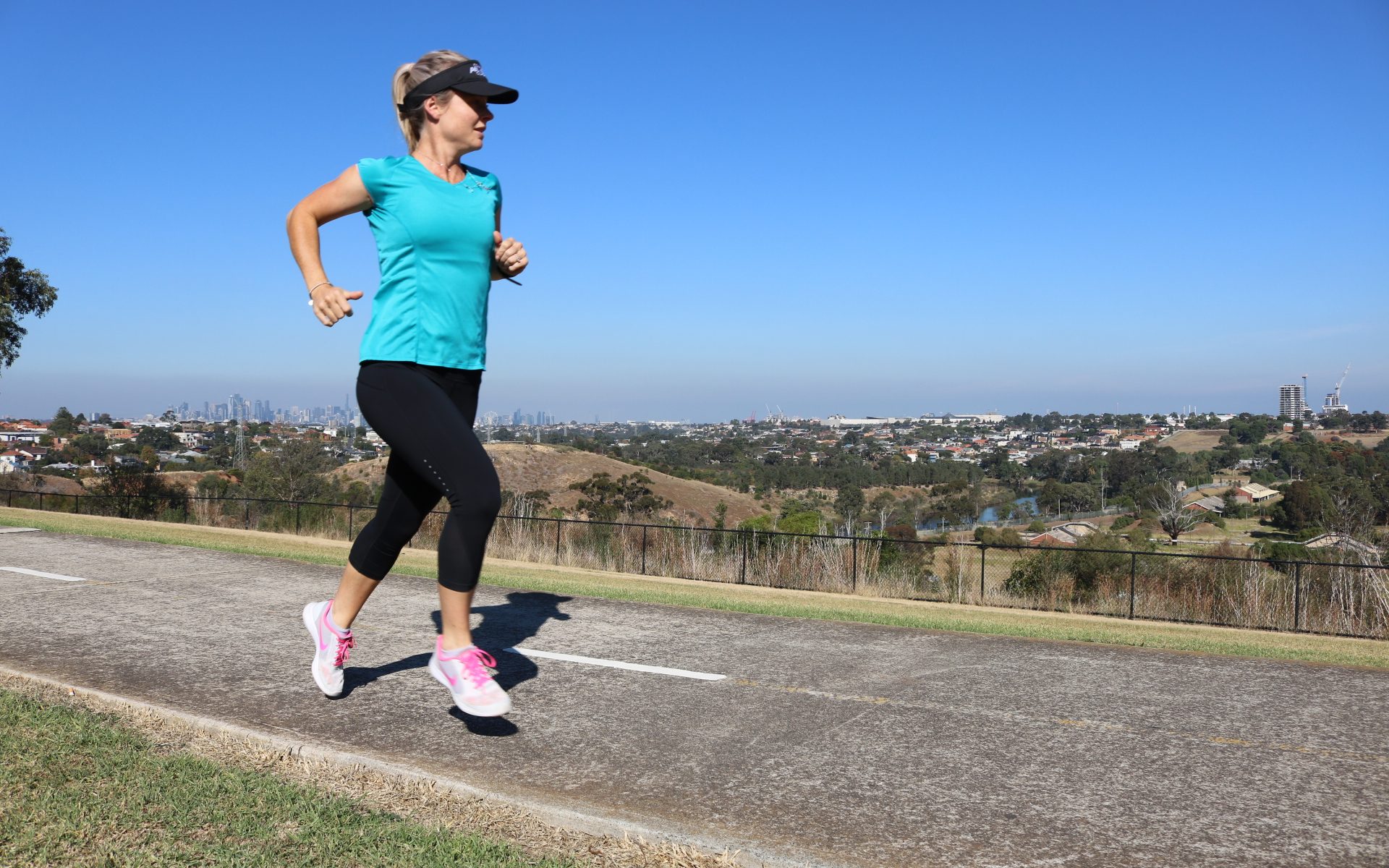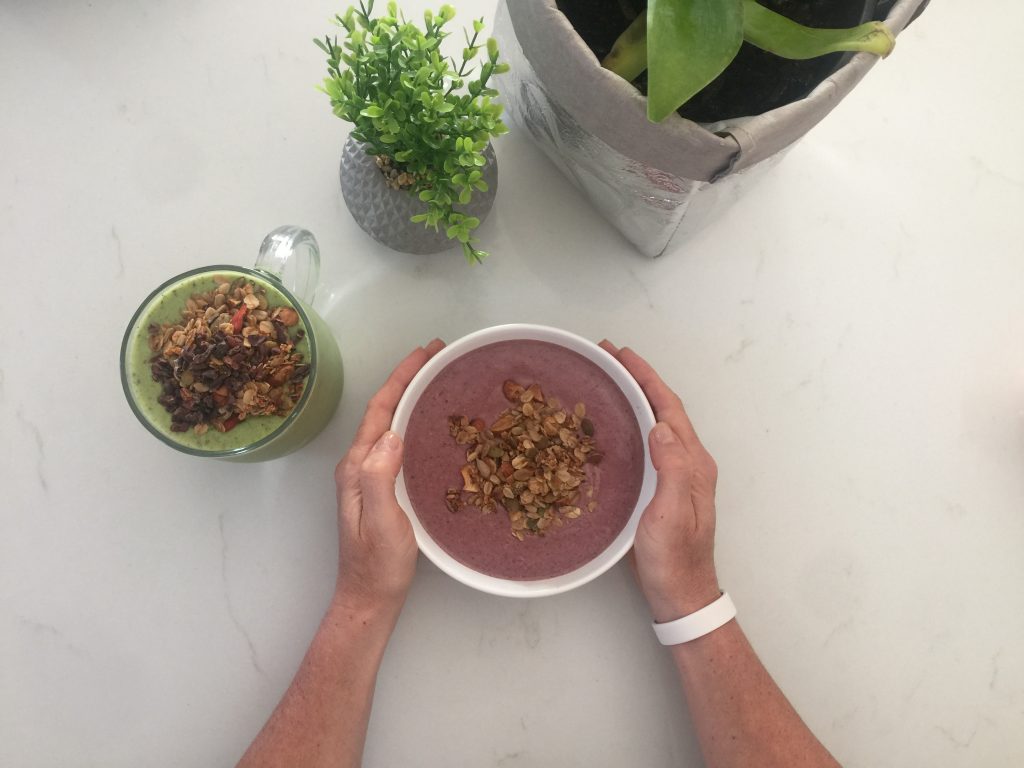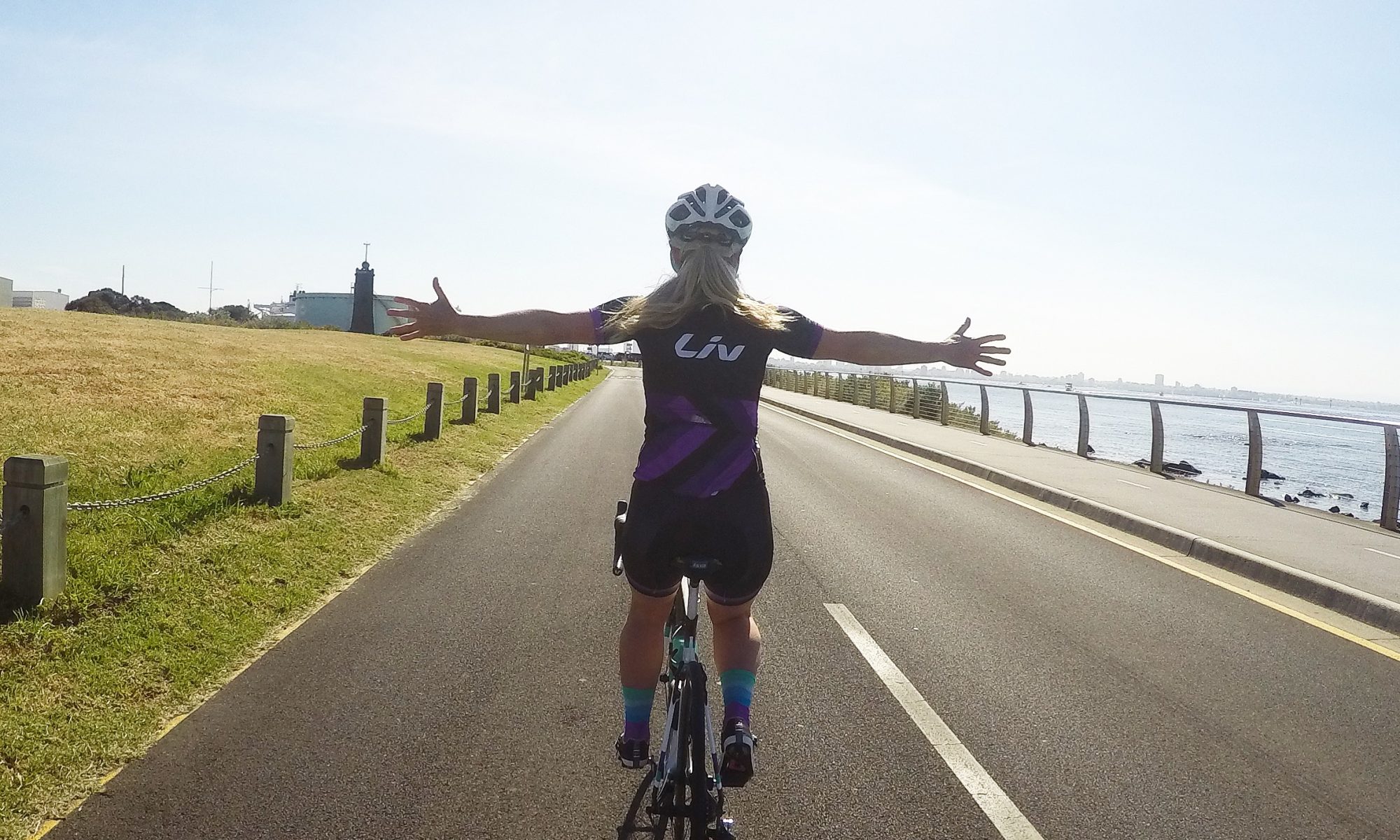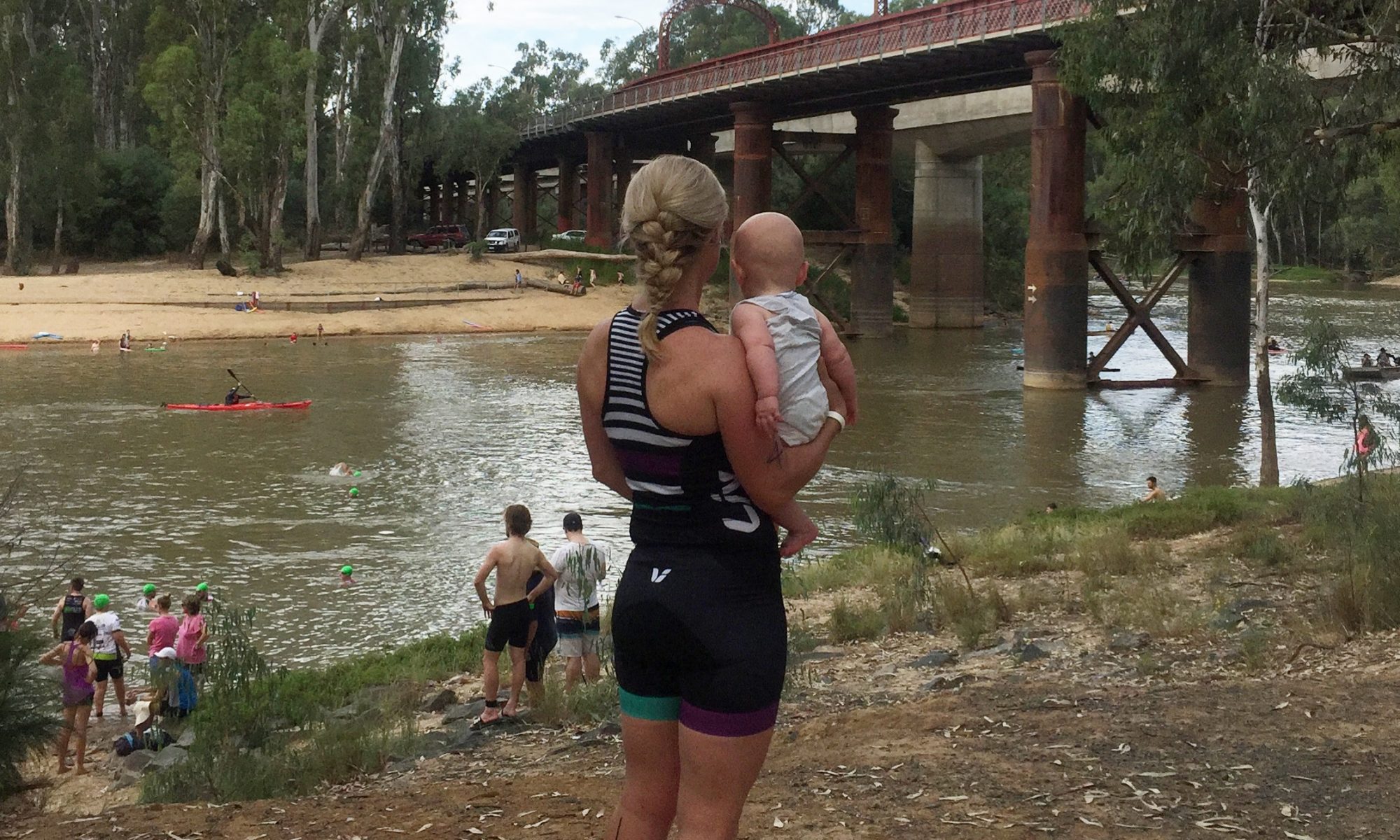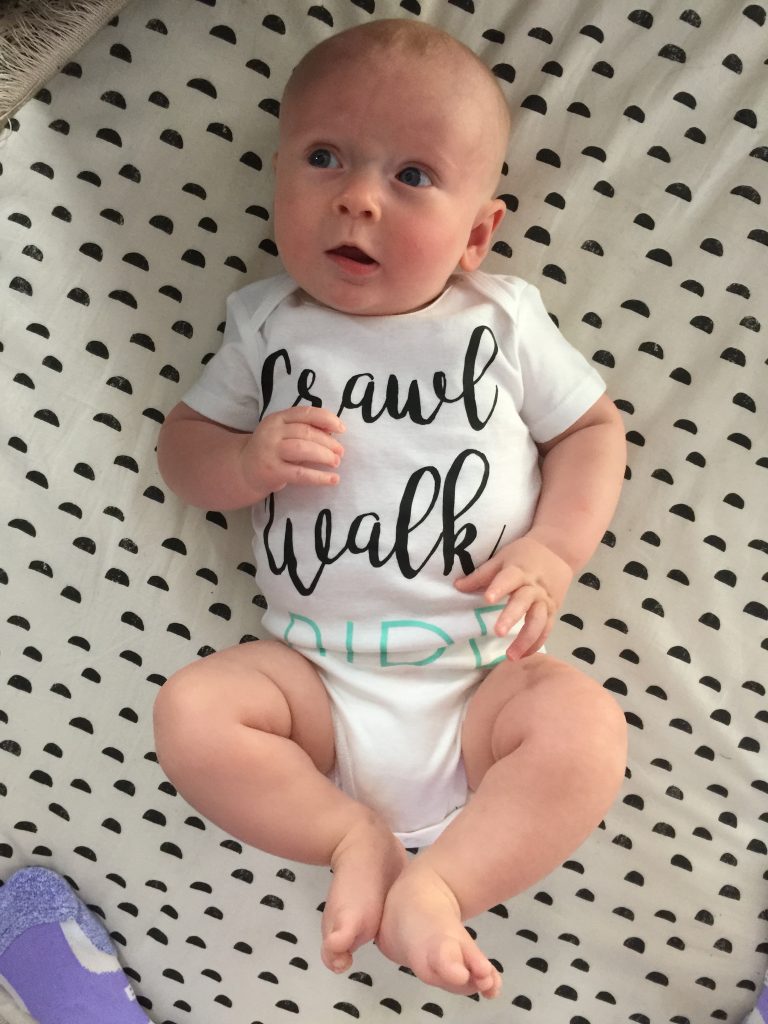Don’t you just love this time of the year? Key races are complete and you are all set for some time off structured training. Did someone say social life? Yes please!
It’s the perfect time to reflect, review and reset. To look at what went right, what went wrong and what can be improved and what you would do differently.
It’s also the best time to start building a solid winter base. Base endurance is the key to having a strong racing season, no matter the distance you are training for. Short Course athletes require a solid base so their bodies can adapt and grow and handle the intensities that will come later in their training program. Long Course athletes require a strong aerobic base to build the engine that will carry them through their training volume and more importantly, race day. A solid base also helps you become a more robust athlete, which in return helps prevent injuries, illness, inconsistency and athlete burn out.
Build your best winter base yet!
I’ve put together my 7 TOP TIPS to building your best winter base yet, ensuring you make the most of your winter season this year. Enabling you to start next season stronger, hungrier and more robust than ever and propel you into your next triathlon season!
Start fresh
A strong and robust base starts with solid rest. Every athlete needs a break from the racing season and structured training so they can repair and recharge. Ensure you have taken the time to have a few weeks off from structured training after your season/last event to rest and reset. When you feel like you have had a good mental and physical rest from structured training (this time frame can differ for each athlete), then start building structure back in a few days a week until you are ready for a fully structured program. The key is backing off enough to recover, but not so much that you completely lose fitness. So keep the body moving while it still rests.
Build back into training gradually
Sounds simple right? Yet it is often hard for athletes to grasp this concept. Building gradually into your training allows for your body to adapt to the stressors training (of any level/duration/intensity) places on the body. Base building provides a platform for building up training at a slow and safe rate, which helps decrease the likelihood of injury and burnout. Building up gradually following a carefully structured plan will ensure your body adapts, while also focusing on key fundamentals including general strength, technique and form which are essential during the base training phase.
Low intensity / Aerobic Training
“Want speed? Slow down.” – Dr Phil Maffetone.
And I couldn’t agree more! The building block of base training is low intensity aerobic training. Far too many athletes still train in the ‘grey’ zone, training with their heart rate too high to develop their aerobic system (crucial for endurance) but then on the flip side, not hard enough to illicit improvement in their Vo2Max or speed. Essentially you want to develop your aerobic capacity through low intensity / aerobic training so over time you will be able to train faster for longer.
To train your maximum aerobic function, I often use the MAF Method as developed by Dr Phil Maffetone. In the winter/off season. The easier the better. The hard training will come. So keep reminding yourself that. Those athletes who have taken the time to build their base consistently over winter will be the athletes that will get the most consistent results for the season and are generally less prone to injury and burnout also.
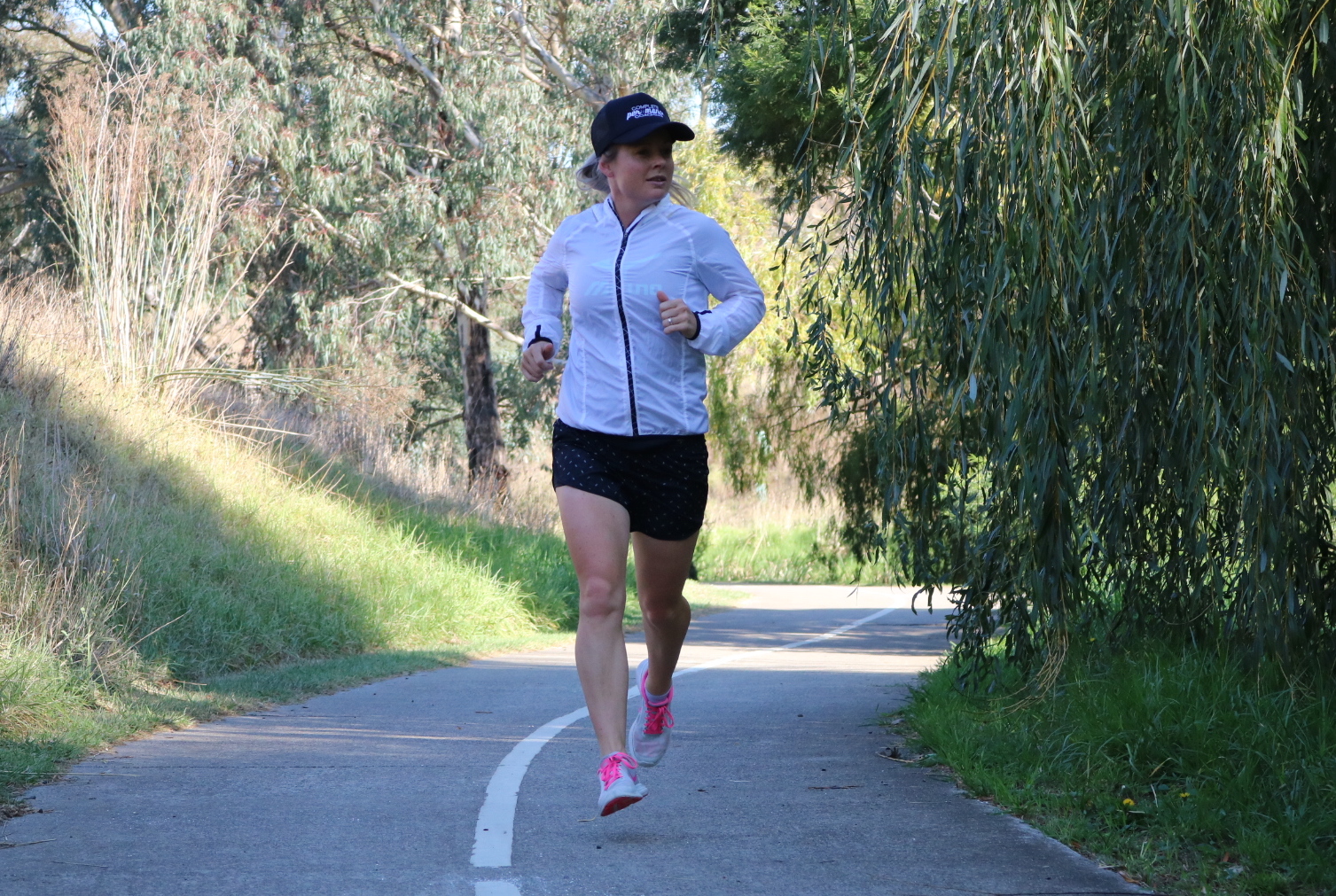
Consistency
If you have a coach, you would have definitely have heard this one before. Consistency is key. The ability to string together multiple weeks and months of consistent training brings about far better (and more consistent) results at races during a season. If we compare an athlete who goes extremely hard for one or two weeks/months, but then has to have days or weeks of easier training as they recover from the hard training, then they are not building a consistently strong base. Athletes who go too hard too early are also more susceptible to illness and injury over winter, which again in turn results in inconsistent training.
Remember to rest
Just because base training doesn’t include large amounts of intensity, keep in mind that rest is still an important aspect of training during this phase. It is during the rest and recovery portion of your training that the body repairs itself, adapts and becomes stronger. So ensure your base aerobic training still factors in easier days or rest days to allow your body to adapt and come back from each session/week stronger than before. This is where a well-structured training program comes into play to gain the best results from your hard work during training.
Fuel smart
So many athletes say they train so they can eat what they like. Well I’m afraid you can’t if you want to be healthy on the inside and out, recover quicker and perform at your optimum. The base building phase is one of the less intensive phases of a training program, so it’s the perfect time to develop sound, nutritional habits and you will find you might actually lose a few kg’s (not put them on which is what most athletes tend to do over winter!). During lower-intensity training, try some of these sessions fasted. This helps condition the body to draw energy from fat stores rather than rely on constant fuelling with carbohydrates. Base training can be the perfect time to become leaner and a more efficient fat burner. So ditch the packaged foods and gels over winter and fuel with real wholesome food.
Add a ‘spike’ in your base training
There is no magic number for how long a base-building phase should last. This is very individual for each athlete and can depend on training history, lead in time to the season/key race/s etc, but generally you will see this phase last from 6-12 weeks. If you have a heart-rate monitor and/or power meter you can measure more closely on when you have built up a strong base and ready to move into the next training phase. Working with a Coach will help you achieve this optimal phase in your program. A great way to then kick your base training to the next level is through a ‘spike’ in your training. This can be through a weekly challenge or blocks such as a swim/ride/run block (ie increase mileage of one particular discipline over a given period of time to add a ‘spike’). Another great way is through training camps. Training camps are fantastic as they add a large spike in your training over a short period of time (generally 2-5 days). Training camps offer a short specific stressor to your body to propel it to the next level, provided you then follow with a specific recovery protocol post camp to recover and adapt. These spikes helps to avoid a plateau and also provides some great motivation – particularly over winter.
So no matter what distance you plan to race this coming season, make sure you are starting off with a strong base before you build into the next phase/s of your training. This approach will safeguard you against injury, keep you healthy, help your race times come down and be a more consistent athlete in the process!
Happy Base Training!
Coach Sarah
~ ~ ~~ ~ ~ ~~ ~ ~ ~
Sarah is the Director & Head Coach at Complete Per4mance Coaching. Born out of the desire and passion to not just coach but to educate athletes, Sarah shares her 10 years of coaching and racing experience, knowledge and education with athletes of all levels to help them achieve their optimal performance while maintaining a balanced, happy and healthy life.
Contact Sarah to discuss training options for you.



